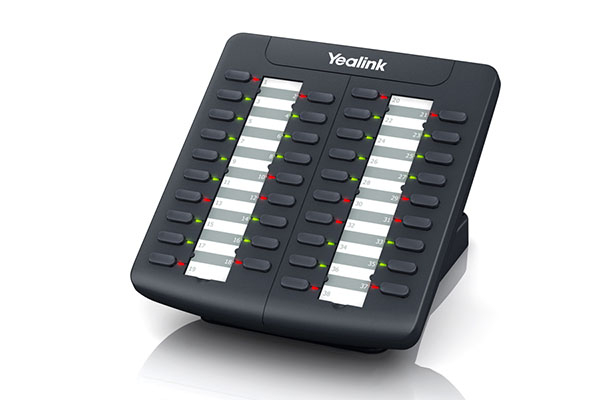Mac Terminal No Manual Entry For
Dec 05, 2017 Coding Corner How to use Terminal on the Mac when you have no idea where to start You may never have to visit macOS's command line, but if you're curious to learn more, here's what you need to know and some great tricks to explore. May 13, 2014 man pathhelper gives me No manual entry for pathhelper, but editing /etc/paths worked. May 10 '14 at 11:28. On Mac OS X this file usually uses pathhelper to set PATH. Open terminal here in Mac OS finder. How to run a shell script on a Unix console or Mac terminal.
- Mac Terminal No Manual Entry Form
- Mac Terminal No Manual Entry For Mac
- No Manual Entry For Cd
- Mac Terminal No Manual Entry Format
Mac Terminal No Manual Entry Form
Being able to install and run Windows on your Mac can be very useful. Boot Camp Assistant makes this easy, but sometimes you might forget that the utility can also be used to delete your Windows installation. If you’ve manually deleted your Windows partition, you’re probably noticing that something called EFI Boot still shows up in your Mac’s boot manager. We don’t need that anymore, so let’s get rid of it. This procedure should work with all versions of OS X and macOS.
If you removed your Windows installation manually from your Mac, without using Boot Camp Assistant, there’s a bit more work you’ll need to do to remove its EFI Boot entry (Image Credit: Digital Trends)Sep 27, 2012 Fortunately, most commands have a manual. To read, use the man command. Pass the name of the command you want to learn about as it’s only argument. For instance to learn more about ls, run. New in Mac terminal. Earlier used to with DOS comm. Easy to learn from ur blog. GeoAnna on July 31, 2013 at 9:19 pm said. Mac OSX Server Command-Line Administration For Version 10.3 or Later. Normally appears in a Terminal window, are shown in this font. For example, You can use the doit command to get things done. When a command is shown on a line by itself as you might type it in a Terminal. Jul 04, 2009 Adding an entry to /etc/hosts on OS X July 4, 2009 — 6 Comments Web Developers, Administrators of Mac Networks, and anyone who likes to noodle with OS X will probably eventually need to add hosts file entries.
Proceed With Caution – This Procedure Can Render Your Mac Inoperable If You Aren’t Careful
Finding the EFI Partition
In order to delete the EFI Boot entry when you didn’t use Boot Camp Assistant to delete your Windows installation, you have to do some work in the Terminal. This procedure isn’t for the faint at heart, so be careful that you type everything properly.
First, you’ll need to locate the EFI partition, which is where your Mac stores information about what operating systems can be booted from your Mac. In the
You’re looking for a partition on your main hard drive called EFI.
As you can see, my EFI Boot partition is located on /dev/disk0s1Once you find it, enter these commands one at a time:
Mac Terminal No Manual Entry For Mac
Replace
Deleting the Windows EFI Boot Entry
Cyberpower powerpanel mac user manual.
Once that’s done, you’ll need to navigate to the correct folder. Again inThis will put you in the directory where your Mac stores information about what operating systems you have installed. You will likely see a folder called Microsoft. In my case, I also have folders called Ubuntu and refind, but I’m leaving those alone.
Delete the Windows EFI Boot entry by typing this into the Terminal:
That’s it. When you restart your Mac, you shouldn’t get the extra EFI Boot entry any longer.


No Manual Entry For Cd
Hi there I'm trying to set my mac address using the terminal as for some reason it's been set to all zeros, I have the address and know the correct commands but I keep getting permision denied message
Mac Terminal No Manual Entry Format
1 Answer
In principle the command should be some variant on the theme of:
in Mac OS prior to 10.7, with various interface names etc, in use. It seems that you may need to disassociate from the wireless network first, but leave the wireless on -- some manage this by typing 'sudo airport -z' first, whilst there are various other workarounds suggested in the links below. There are various hints about MAC address spoofing on OSX daily and on this thread.
As regards 'permission denied' errors - did you prefix the commands with 'sudo'?